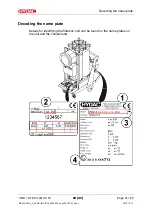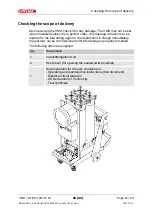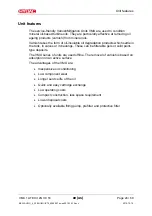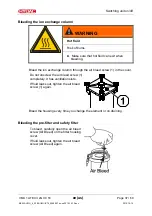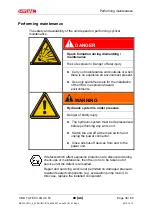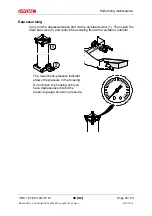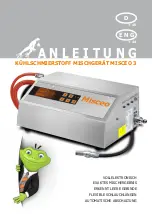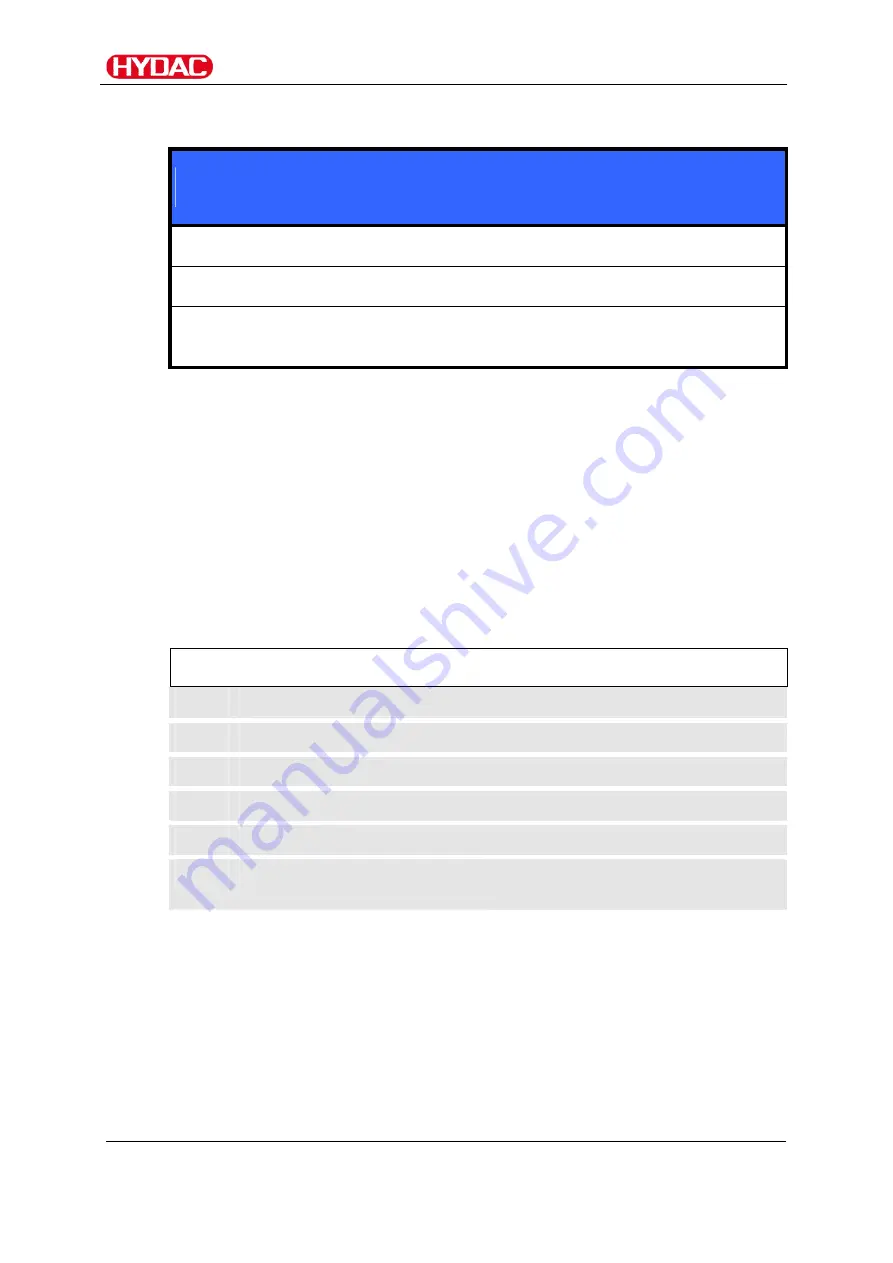
Connecting the unit
VMU 1 ATEX II 2G IIC T4
en(us)
Page 31 / 60
BEWA VMU _4_ATEX-II2GIICT4_4066057 en-us 2015-10-12.doc
2015-10-12
Notes on pipes/hosing
NOTICE
Non-permitted pressure at the inlet IN/outlet OUT
Risk of malfunctions
►
Determine the pressure to be anticipated at the inlet/outlet with the
prescribed values.
Make sure that the cross-section of the connected hoses/piping is at least as
large as the cross-section of the inlet/outlet port sizes.
The pressure differential in a hydraulic line (
P(line)) depends on the
following:
- Flow rate
- Kinematic viscosity
- Pipe dimensions
- Fluid density
The pressure loss in straight pipes (
P(line)) can be calculated as follows:
∆
p
≈
6.8 * L / d
4
* Q * V * D
∆
p
= Pressure differential in [bar]
L
= Pipe length [m]
d
= Internal pipe diameter [mm]
Q
= Flow rate [l/min]
V
= Kinematic viscosity [mm²/s]
D
= Density [kg/dm³]
HFD-R
≈
1,14 kg/dm³
HFD-U
≈
0,92 kg/dm³
Additional threaded connections and pipe bends increase the pressure
differential and must be taken into account.
Keep the height difference between the pump and the oil level in the tank as
small as possible.
Avoid constrictions in the connected hoses. They compromise output and
increase the risk of cavitation.
Содержание VarnishMitigation Unit
Страница 59: ......





